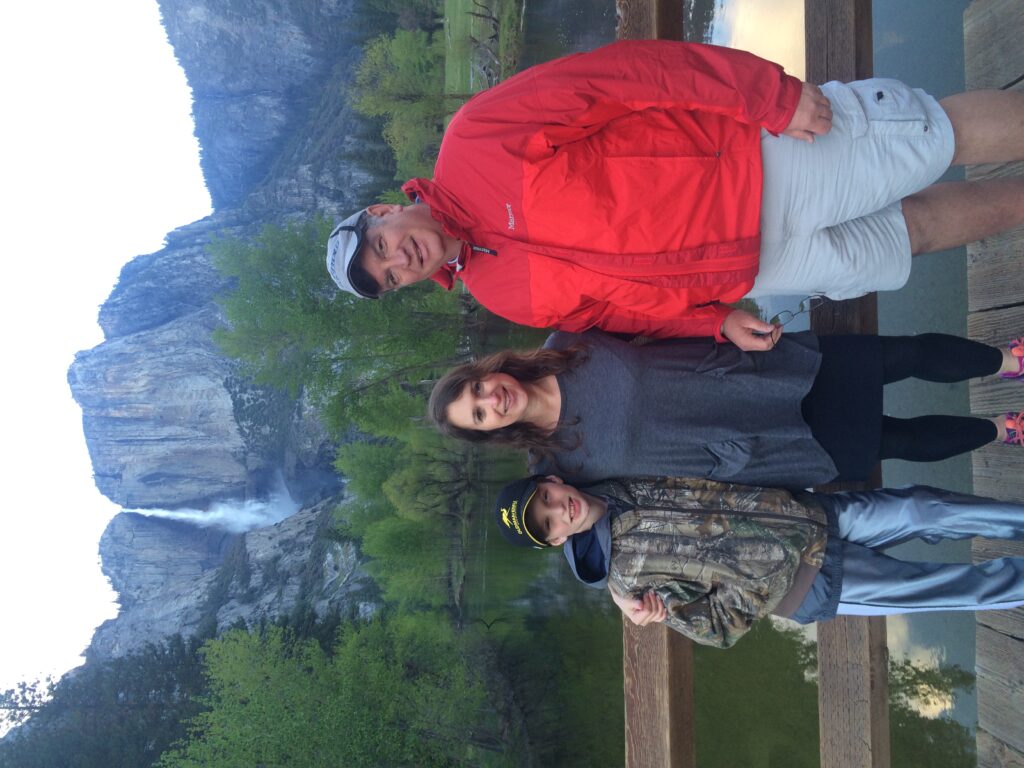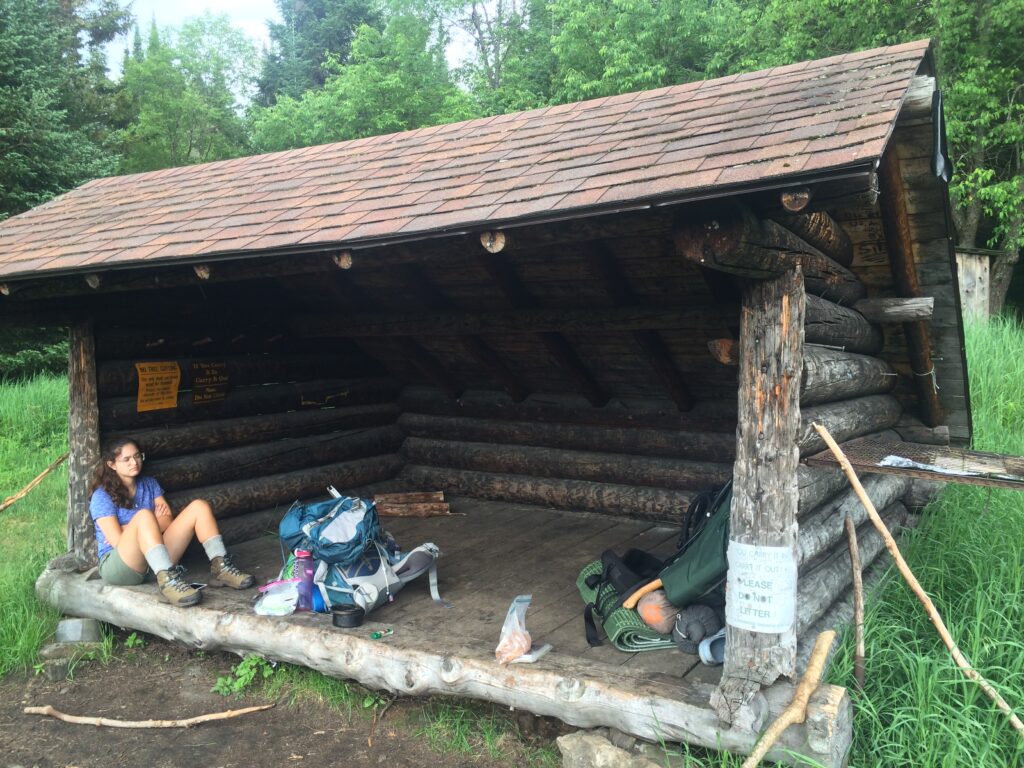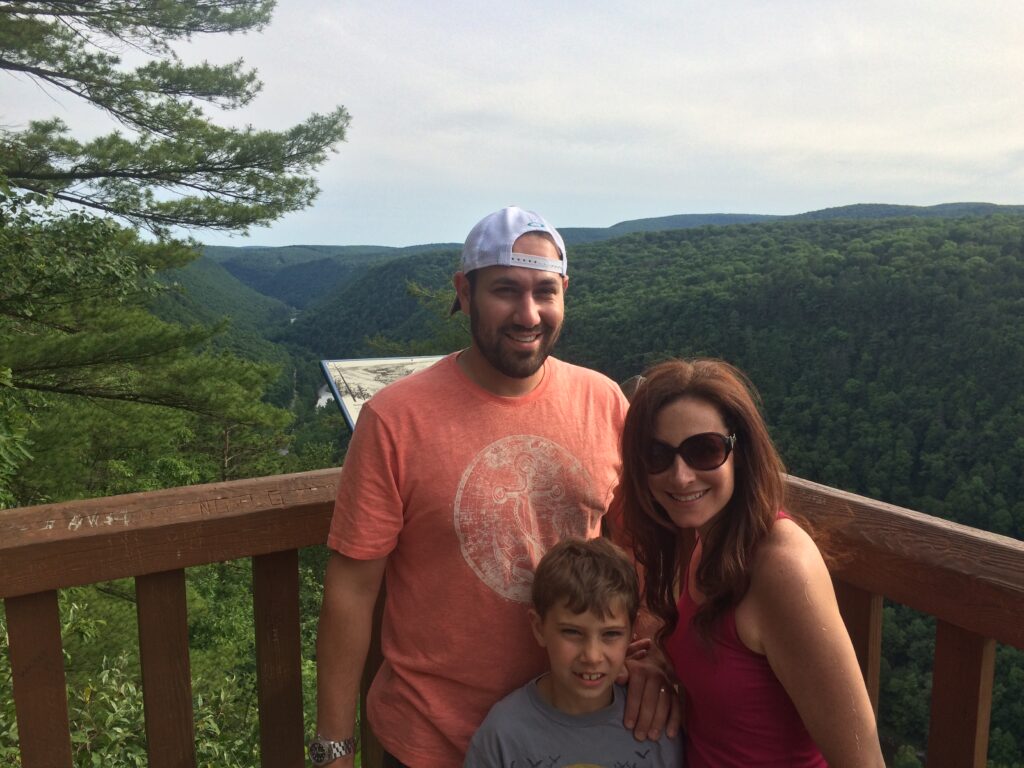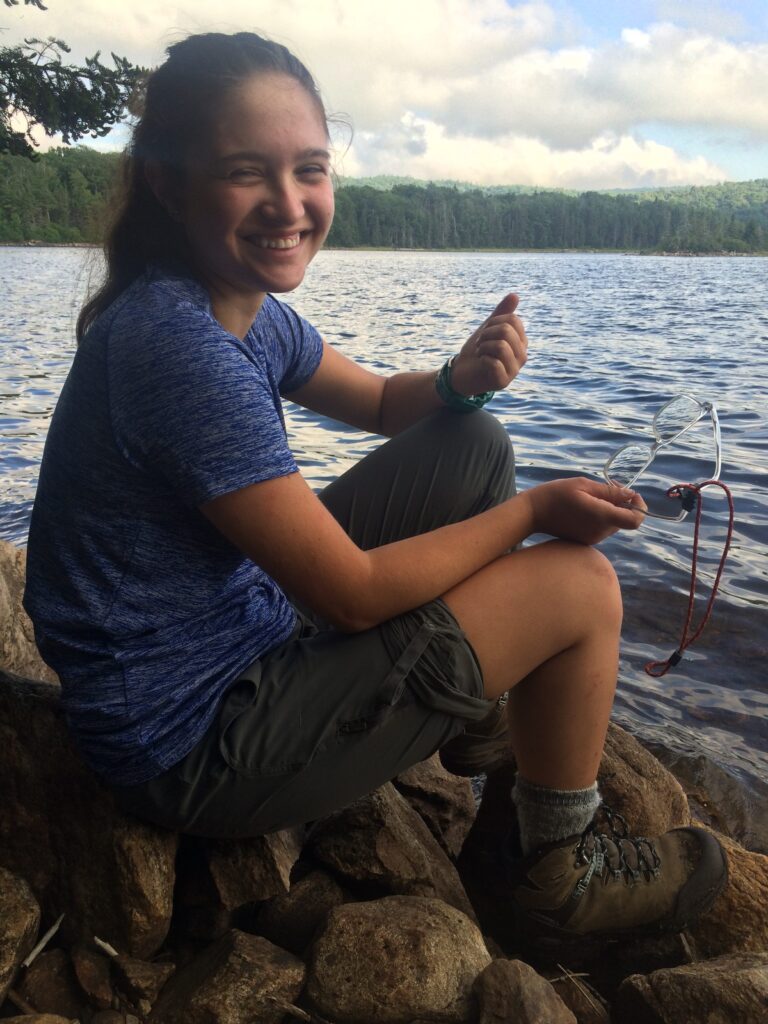Posts Tagged → Adirondacks
Trump Great American Outdoors Act hits Conservation Home Run
Conservation is where I have spent my entire career, and it is where my heart resides day in and day out. So it is with great happiness that I see President Trump sign into law the Great American Outdoor Act, which will do the nuts and bolts environmental protection America needs, without the regulation that America does not need.
The fact that so many political appointees within the Trump Administration were cheerleaders for the GAOA says a lot about the political tenor there. So many people accuse the Trump Administration of being some kind of radical “right wing” blah blah, and the fact is that the entire administration is loaded with middle-of-the-road professionals, who hold a mix of political, philosophical, and ideological views. In past Republican administrations, there were plenty of appointees who would have blocked GAOA, or held it up. GAOA is a signature achievement for President Donald Trump, and it is a huge win for Americans.
GAOA fully funds the Land and Water Conservation Fund for the first time in a zillion years. It provides adequate funding for federal and state parks infrastructure updates, operations, and maintenance costs. These are the costs that are always deferred in every administration. It is a subject I wrote my master’s thesis on at Vanderbilt University, and it is a subject that has never gone away, until now: Federal recreational infrastructure has been woefully underfunded for decades. Many state parks across America are in even worse shape than that National Parks.
For example, in 2016 my teenage daughter and I hiked half of the Northville Placid Trail, which runs through the Adirondacks. At the end of our ninth day, as we waited out a looming thunderstorm in a rustic but comfortable lean-to deep inside designated wilderness, on a hike in which we had encountered only a few other people, my daughter sat looking at her dead iPhone. Like Gollum looking at The One Ring, only my daughter looked more disgusted and glum than happily mesmerized.
“I have to get out of here. I want to talk to my friends. I want to know what is happening in the world. We need to go,” she said, and picked up her backpack, jumped down onto the grass, then shouldered her backpack.
Oh, I tried to persuade her to spend the night and stay out of that coming downpour. But she would have nothing of it, and she set off by her own teenage self, going somewhere, maybe anywhere, and I was standing there watching her pick her way into the forest.
Hours later we emerged at Moose River Plains, what maps describe as a rustic New York State recreational area tucked away deep in the Adirondack wilderness. What we found was a boarded up main building, boarded up out buildings, no gate, and no official staff. Instead, a bunch of locals who regularly camp there had taken over the official duties of park rangers. Even the land line phone system was not working. It was a very kind local who drove us, each drenched to the bone and with sodden packs, to the closest village, where we could contact our driver and get back to our own vehicle parked at a Baptist church in Northville, so my daughter could get home and talk with a zillion friends simultaneously.
Turned out that Moose River Plains was victim to a New York State budget that prioritized funding illegal aliens, but not state parks.
The Moose River Plains experience was worse than our visit the year before to Saratoga National Battlefield, by far. But seeing Saratoga National Battlefield, where the brave fight for American freedom and independence was won, in such terrible disrepair and threadbare means, was frankly shocking. One expects the National Park Service to do so much better. And when we spoke with a park ranger there, she was clearly hurt, personally, as she explained the money constraints that park faced. NPS just could not get the job done.
All of this is to say that finally, money floweth in the right direction. The need out there for public infrastructure is almost beyond compute. It is about time that America invested in our national parks and forests, state parks and forests, local and county parks, and the myriad other adjunct little recreational areas, like Moose River Plains, so that Americans might enjoy our public outdoors.
And about that public outdoors thing: Public land is a public good. Public land is one of the very few things that government does pretty well. And even when government land managers fail, the outcome is almost always simple neglect; the land always remains, the wildlife habitat remains. Which means the opportunity for recreation, hunting, fishing, hiking, camping etc remains. It is not a real material loss when land managers screw up or there isn’t enough money to operate the park entrance gate house; just missed opportunities, and putting a frowny face on a public symbol.
Congratulations to President Trump for pushing hard for GAOA, for hiring the right kind of land management staff and public lands leaders, and for caring about our public lands at all levels – local, state, and federal. Trump understands Americans, and he knows how much we care about our public lands, our state parks. And he knows how important it is to constantly invest in those places, so that they don’t fall into disreputable disrepair, like Moose River Plains had fallen.
One of the parts of GAOA that is so very appealing to me is the public land acquisition funding. As development never sleeps, what were nice public spots to hunt or hike in suddenly find themselves cut off or surrounded or overrun by development. It is nice that states and local governments will finally be able to buy that ‘Mabel’s Farm’ the community always wanted, and could not afford.
There is going to be a lot of Mabel’s Farms bought with GAOA money in the next few years, a lot of Nature conserved, and a lot of communities and hunting places protected, as a result. Thank you, President Trump, conservationists everywhere appreciate your leadership on this important policy area.

With special people at Yosemite. Can we imagine America without Yosemite? It takes money to protect these special places.

My daughter at the unhappy lean-to. But still, it was a functional, dry lean-to next to clean water in the middle of ADKs wilderness

Our friends Mark and Amanda at Leonard Harrison State Park, overlooking the Pennsylvania Grand Canyon

My daughter at Cedar Lakes, a special moment that spurred her on to teach wilderness backpacking to kids. Now she can’t wait to reach the area of no cell reception
The empowered, independent feeling of eating less and doing much more
After ten days hiking through the Adirondacks’ most remote wilderness areas with our 18 year-old daughter, I had plenty of take-aways and contemplative thoughts that came home with me.
One of which was the empowered feeling of eating far less than I usually do, while performing at a far increased level than normally challenged. More on this in a moment.
Another take-away was that I am never too old to make mistakes, and one of the mistakes I made was taking an incredibly heavy pack on a rugged through-hike, where every extra ounce can make or break the trip.
My damned pack weighed 70 pounds and had everything but a Democrat in it. Some of that extra weight was due to Nina’s unusually specialized diet, due to a disease she has had all her life. We had to plan for every food contingency, within the constraints of great dehydrated trail food I make at home. Dehydrated means it weighs a lot less, keeps longer, and is limited to certain meats, fruits and vegetables. Nonetheless, the extreme weight really beat on my feet on the rugged downhills, and it slowed us down.
About that food: As I have typically experienced in all of my past days afield, hunger feels a lot different at the end of a tough day. A handful of salty nuts and a handful of sweet dried fruit is usually sufficient to make me feel full and put me soundly to sleep in the tent. Breakfast is usually a large cup of dark sweetened tea and either oatmeal with dried fruit and brown sugar, or the same cold dried fruits and nuts. Then I am off with my kit, about to burn another 10,000 calories.
The meals I eat on these trips are at most a couple hundred calories, so there is a tremendous imbalance between output and input. That results in an extreme burn of body fat, among other positive effects.
So I wonder why I feel the need to eat so much more, so much that is physically unnecessary, when I am at home, or at work, and I am not churning through huge caloric burns?
As I stink at pop psychology, not venturing into the guesswork of why any person, particularly Americans, enjoy over-eating / binging will prove a relief to us all.
But I will say this: What an empowered feeling it is, what a sense of independence I had, from hardly eating a thing, while literally moving a small mountain on my back many miles each day. Each day I was able to successfully plow through the East Coast’s most remote wilderness on just a handful of home-made jerky, some salty nuts (salt is a necessity for our bodies), and some home-made dried fruit.
In the spirit of Independence from want, or mere feelings of want, I am committing to eating a hell of a lot less every day than I used to, not because it makes me look better, but because it makes me feel a hell of a lot better, more empowered, more in control, like I have achieved more with less than expected. That is a very good feeling.